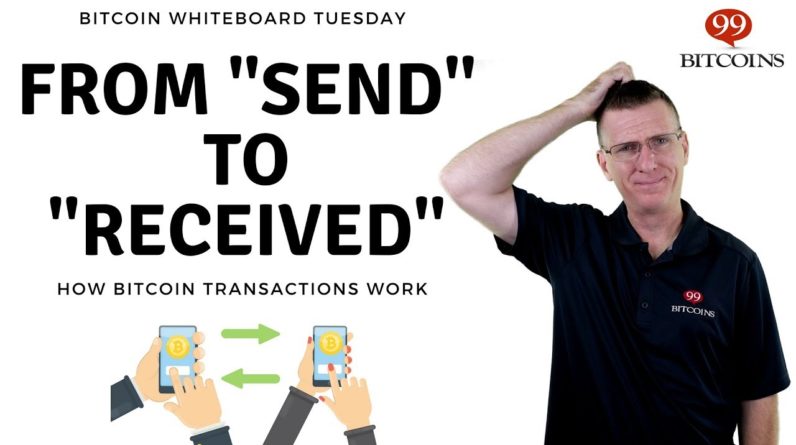
If you’re a newcomer to crypto business ownership, you may find yourself wondering why so much emphasis is placed on Anti-Money Laundering, or “AML”, compliance. See, many criminals assume transacting with popular cryptocurrencies like bitcoin makes it easier to commit financial crimes, and get away with them. Thanks to its various inherent features, cryptocurrency looks like low-hanging fruit to the bad guys. The rise of crypto targeted rules and regulations in many countries is helping to turn these assumptions into misconceptions. But what exactly is Bitcoin money laundering and how does it work? In short, money laundering is the process of making "dirty" money, that is, funds acquired from illegal activities, appear "clean" or legitimate.
They attempt to do this through a three-step process: 1) Placement It’s dangerous for criminals to spend a large amount of ill-gotten money due to the possibility that it could link them to their crimes. So they attempt to trade it for something just as valuable, such as Bitcoin. 2) Layering Once the money is converted, the criminals then move it through a series of different financial institutions, accounts, and other assets. The idea here is to attempt to put as much space between themselves and the illegal money as possible, while still retaining assets of the same value. 3) Integration After they’ve exchanged their illegal funds for what appear to be legal or “clean” funds, they are free to spend them. AML compliance laws were made to help prevent criminals from using your company to launder their ill-gotten gains. When you institute an AML program, you’re building a wall of protection around your business with a variety of different tools such as: Know Your Customer or “KYC” Enhanced Due Diligence or “EDD” Transaction screening systems Suspicious Activity Reports or “SARs” Targeted and relevant AML training BitAML is designed to serve as a helping hand that can guide you through the ins and outs of AML compliance and regulation.

Feel free to contact us for a free consultation to see how we can provide you with the help you need to understand compliance obligations.
.




